Over the last five years, Korean beauty standards (and fashion styles) have skyrocketed in popularity worldwide, surpassing Western beauty ideals. Seen as soft and kind on the ‘outside,’ Korean beauty standards are some of the strictest in the world, setting them apart from Western and Asian cultures. In this article, we will delve into the history of Korean beauty and how these standards have evolved over time.
Korean Female Beauty Standards
Korean beauty revolves around achieving an innocent look, focusing on small faces, big eyes, and slim bodies to recreate a youthful appearance. Compared to Western beauty standards, Koreans emphasize cuter and more feminine looks. Curvy shapes like Kim Kardashian or Rihanna are considered excessive in Korean beauty standards, as they prefer slim, young, and youthful faces with small features and pale skin. Being girly, cute, thin, and even skinny are the ultimate beauty goals for Korean women.
1. Small Face, Pointy Nose, Plump Lips, V-shaped Jaw, and Straight Eyebrows
In South Korea, having a small face is considered the epitome of beauty. Asians, particularly Koreans, have smaller eyes, giving the illusion of a more prominent face. A small face is desirable because it makes you appear younger. Due to the differences in facial bone structure between Asians and Westerners, facial bone contouring surgeries like V-line surgery and cheekbone reduction are popular in Korea. Achieving a V-shaped face with a proportionate forehead is highly coveted.
2. Flawless, White Pale Skin
Contrary to the Western obsession with a golden tan, Korean culture places great importance on pale skin. This desire for fair skin stems from historical class distinctions, where lighter skin was associated with the aristocracy and higher social standing. In contemporary times, the preference for pale skin has become deeply ingrained in Korean society.
3. Large Eyes, Double Eyelids, and Aegyo-sal
Creating a youthful appearance is central to South Korea's ideal beauty standards. Having big, rounded, or almond-shaped eyes is highly valued, as they contribute to a more youthful look when paired with a small face. However, it is worth noting that many Korean girls have small eyes and monolids, which are considered unattractive.
4. Slim X or S-shaped Body, Straight Shoulder Lines, Long Legs
With one of the lowest obesity rates globally, many Korean women and men are on a constant quest for a slim body shape. Society highly praises and sees a slim figure as a beauty ideal in Korean culture.
Korean Beauty Standards for Men
While expectations of female beauty often overshadow those for men, South Korea is renowned for its male beauty standards. Unlike Western culture, where makeup on men can be seen as rebellious, Korean male beauty standards closely mirror those of women. A cute, pretty, feminine, and androgynous appearance is highly sought after. However, since 2022, Western media influence has led more Korean men to emphasize fitness. Even with a muscular physique, it is still common for Korean men to wear moisturizing lotion, foundation, and makeup, even at the gym.
K-pop Beauty Standards
The ideal man in Korea is often portrayed by K-pop band members. Their looks and style influence the beauty standards for Korean men. The K-pop industry plays a significant role in shaping these standards, with their stars representing the epitome of male beauty.
Korean Beauty Market for Men
Unlike Western culture, where beauty products predominantly target women, the Korean beauty market openly embraces men's makeup. South Korean men purchase and wear various brands and products, making them the world's most prominent male spenders on skincare and beauty products.
Idols That Exemplify Korean Beauty Standards
In Korea, there's a saying that goes, "If you want to know what kind of face is beautiful, look at Korean idols." These rigid beauty standards mean that if you don't resemble a Korean idol, you may not be considered pretty. Let's take a look at some of the most cherished female celebrities in Korea right now.
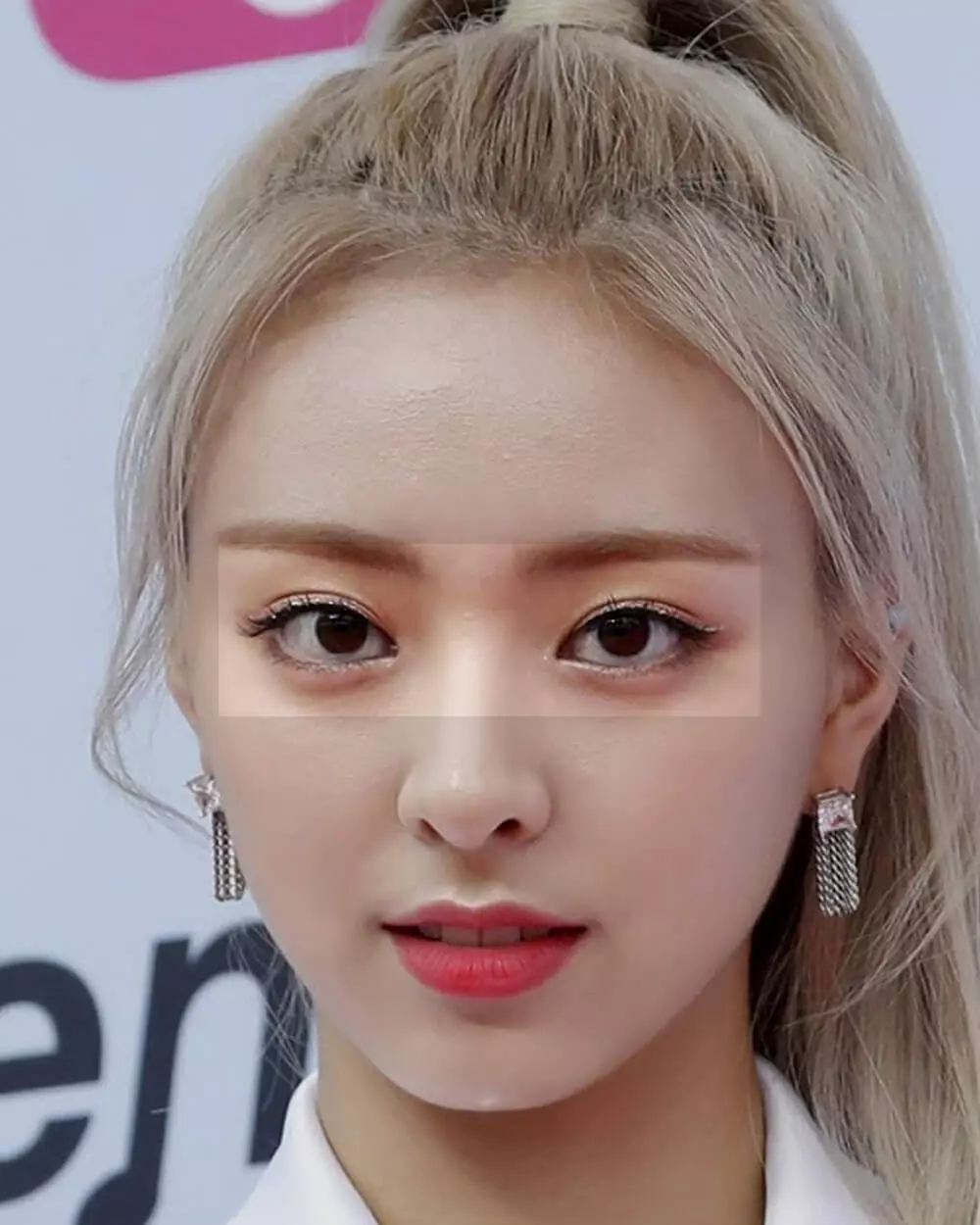 Tzuyu (주자유)
Tzuyu (주자유)
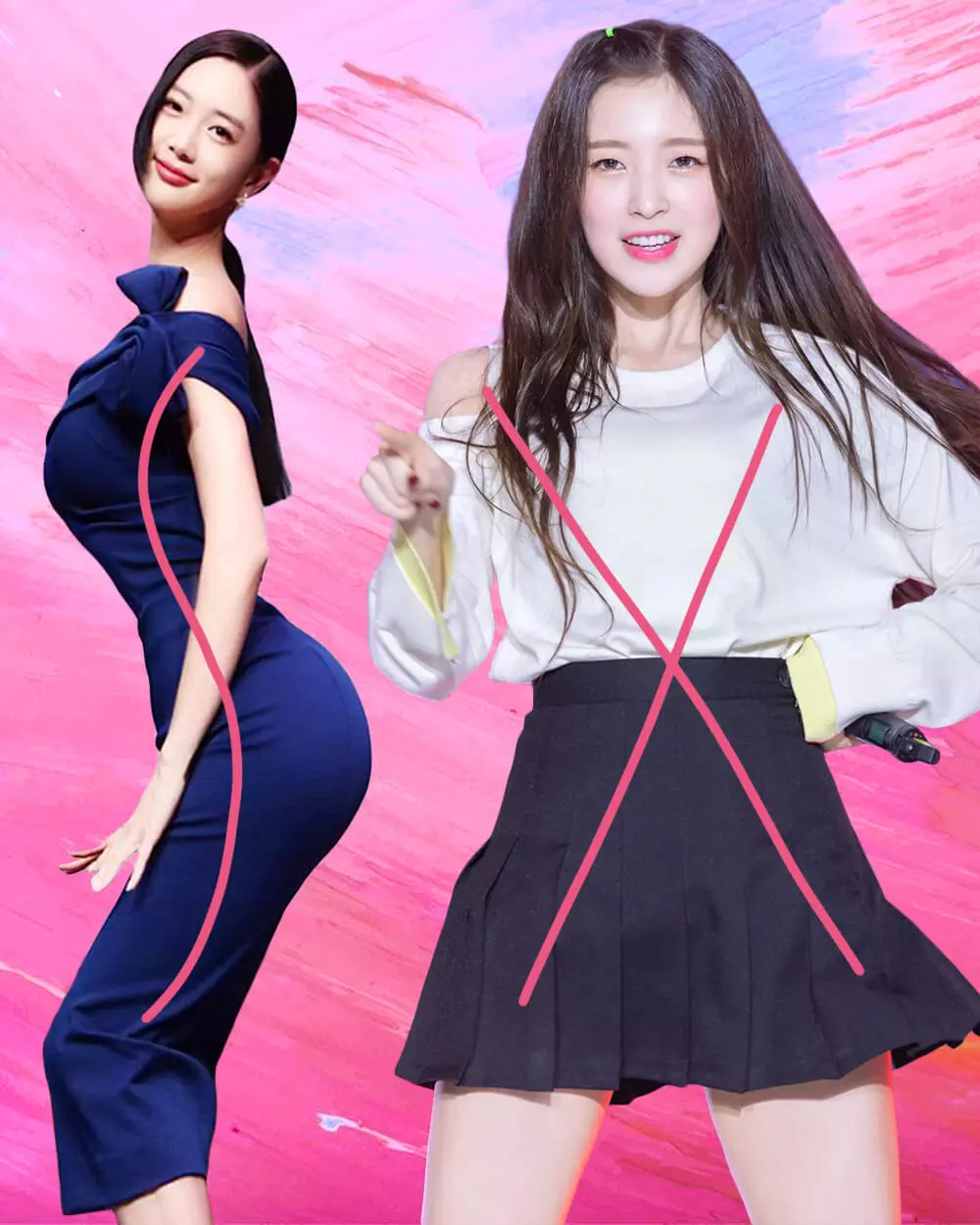 Irene (배주현)
Irene (배주현)
 Jisoo (김지수)
Jisoo (김지수)
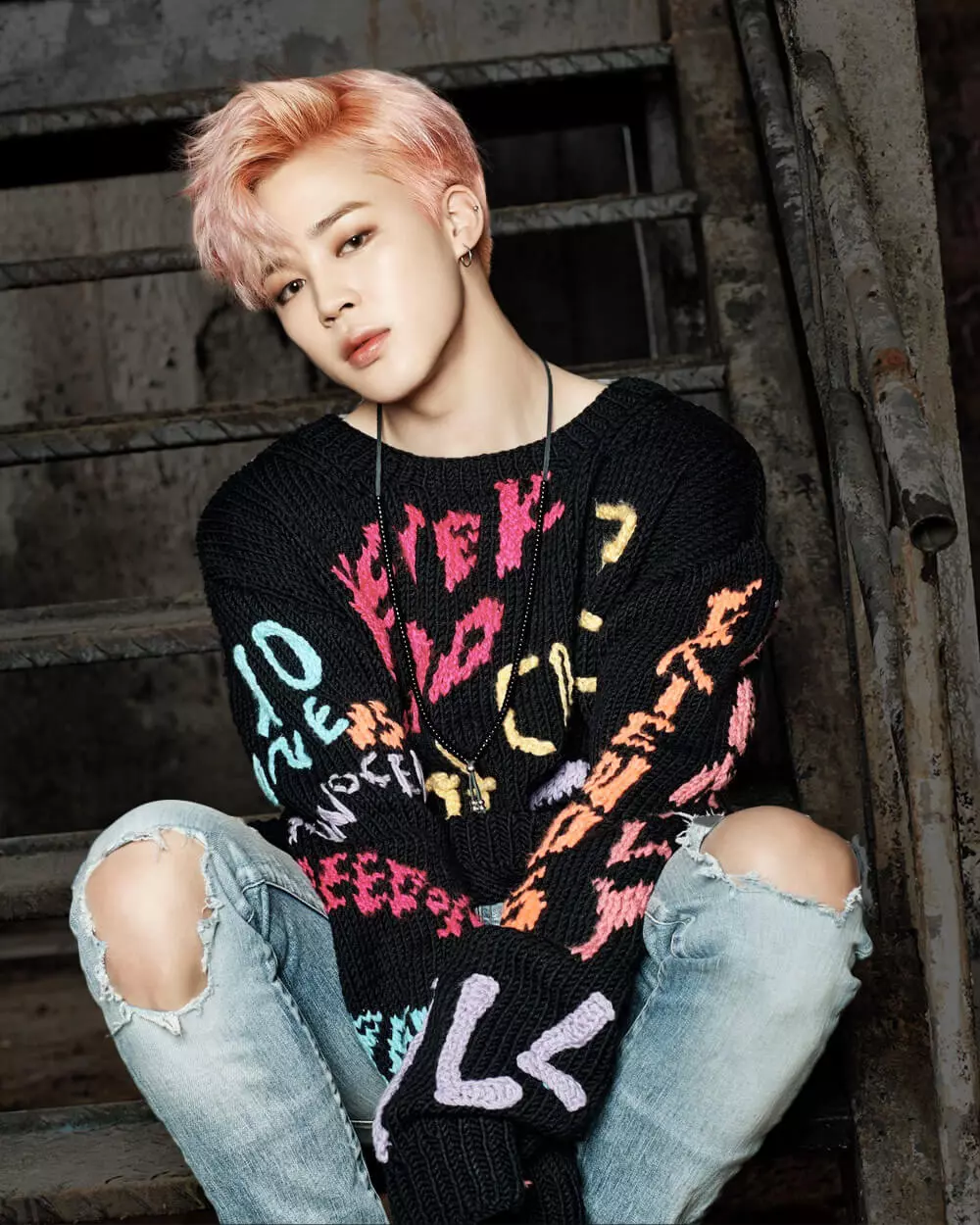 Somi (전소미)
Somi (전소미)
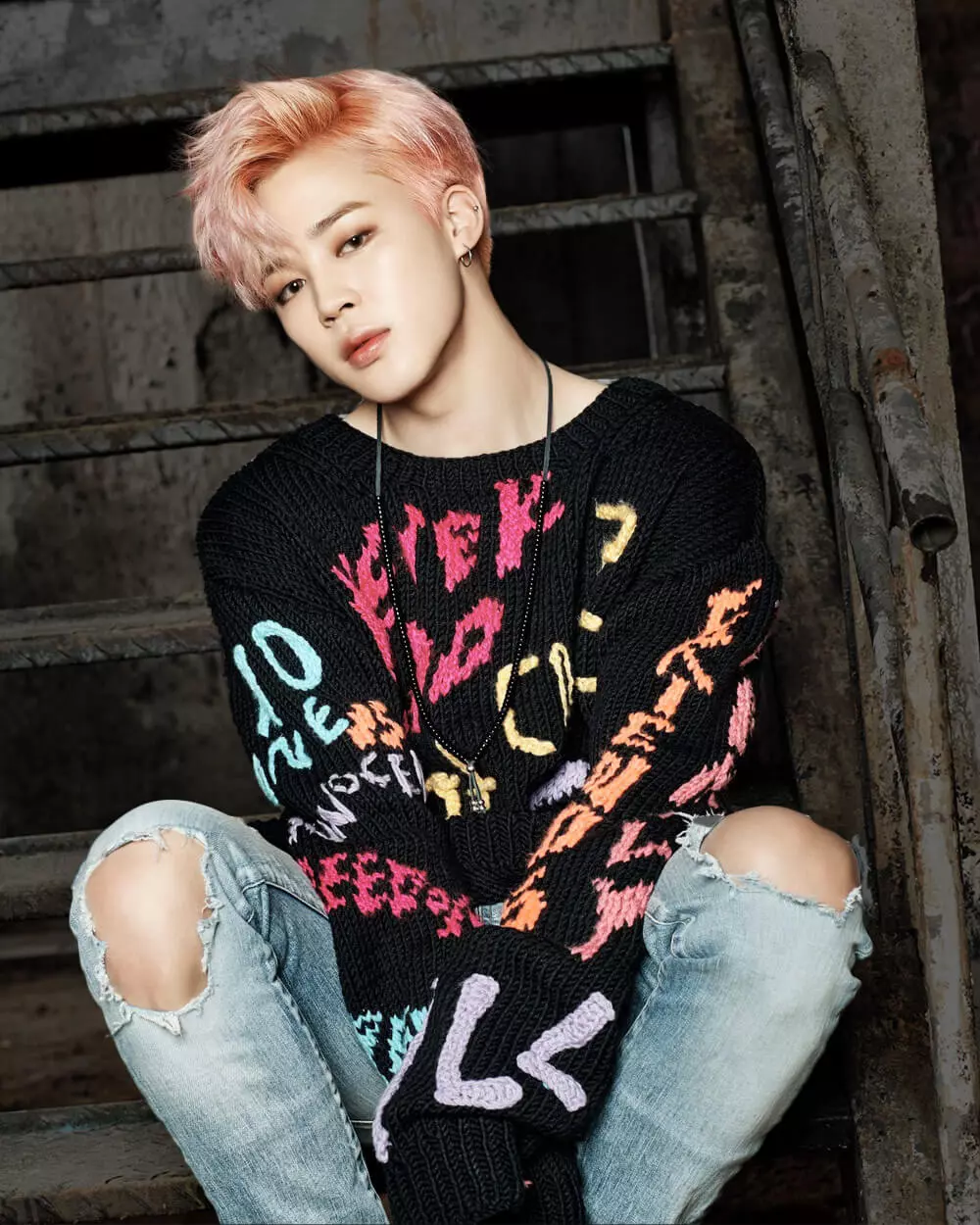 Suzy (수지)
Suzy (수지)
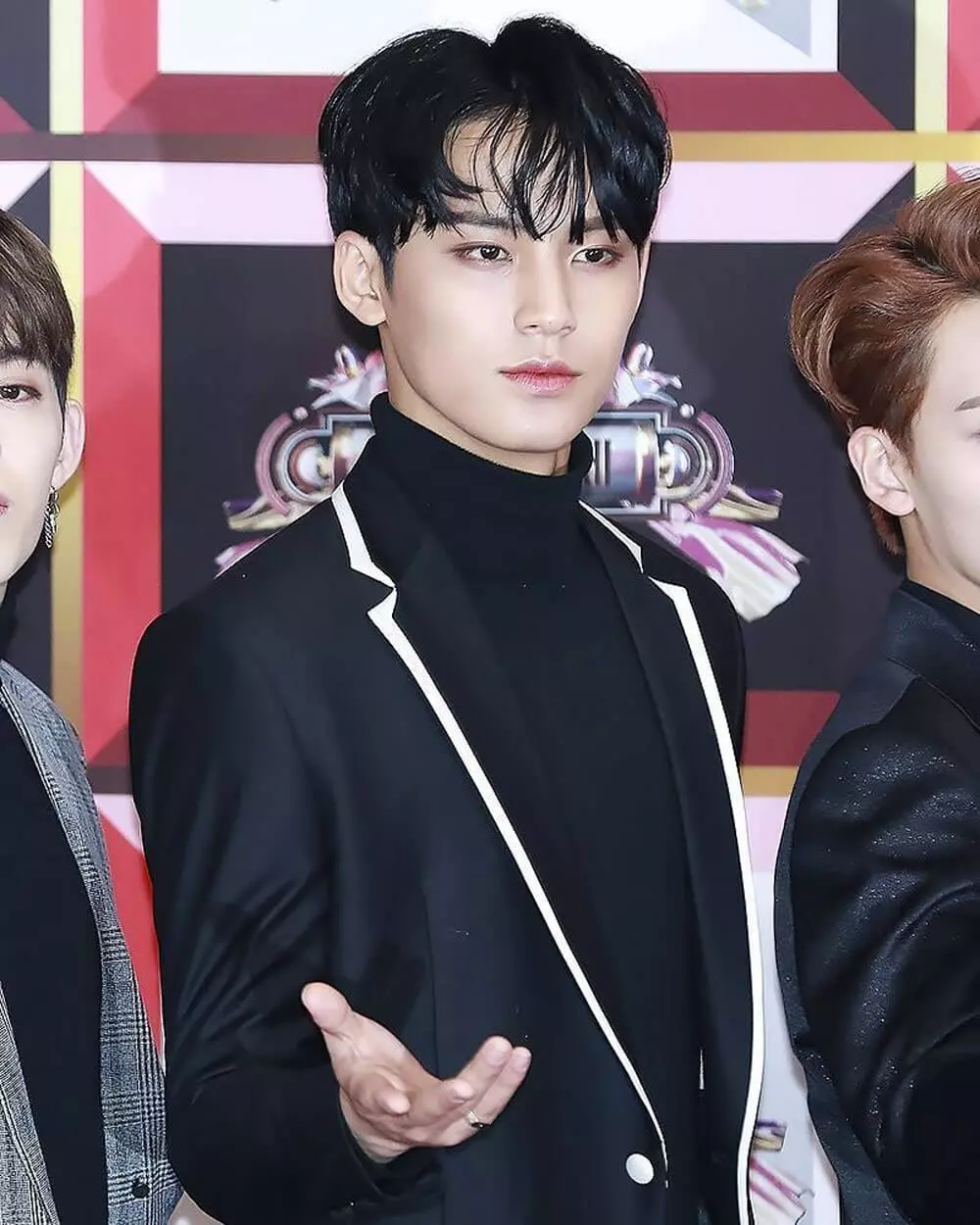 Seolhyun (설현)
Seolhyun (설현)
 IU (아이유)
IU (아이유)
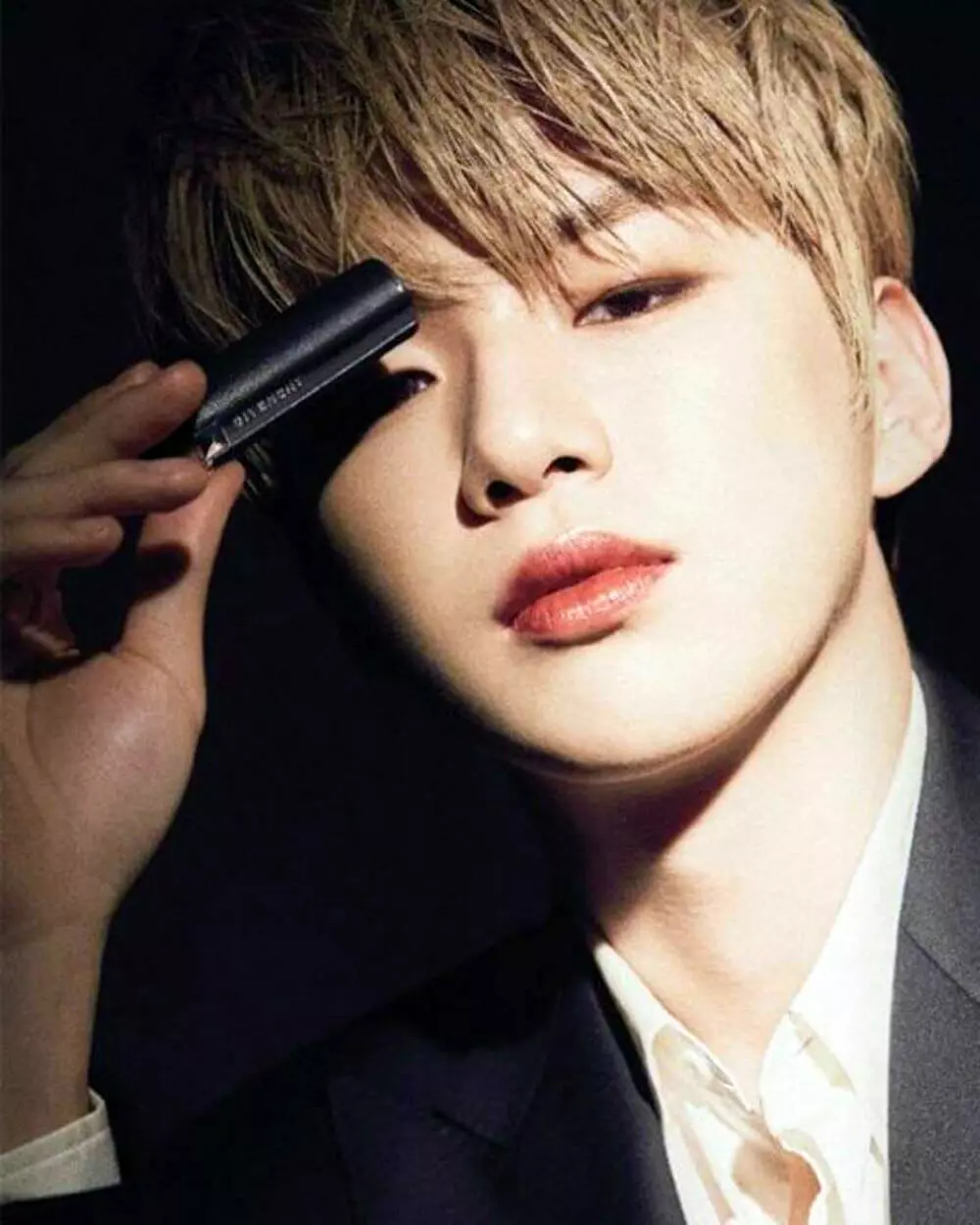 Lee Min-Jung (이민정)
Lee Min-Jung (이민정)
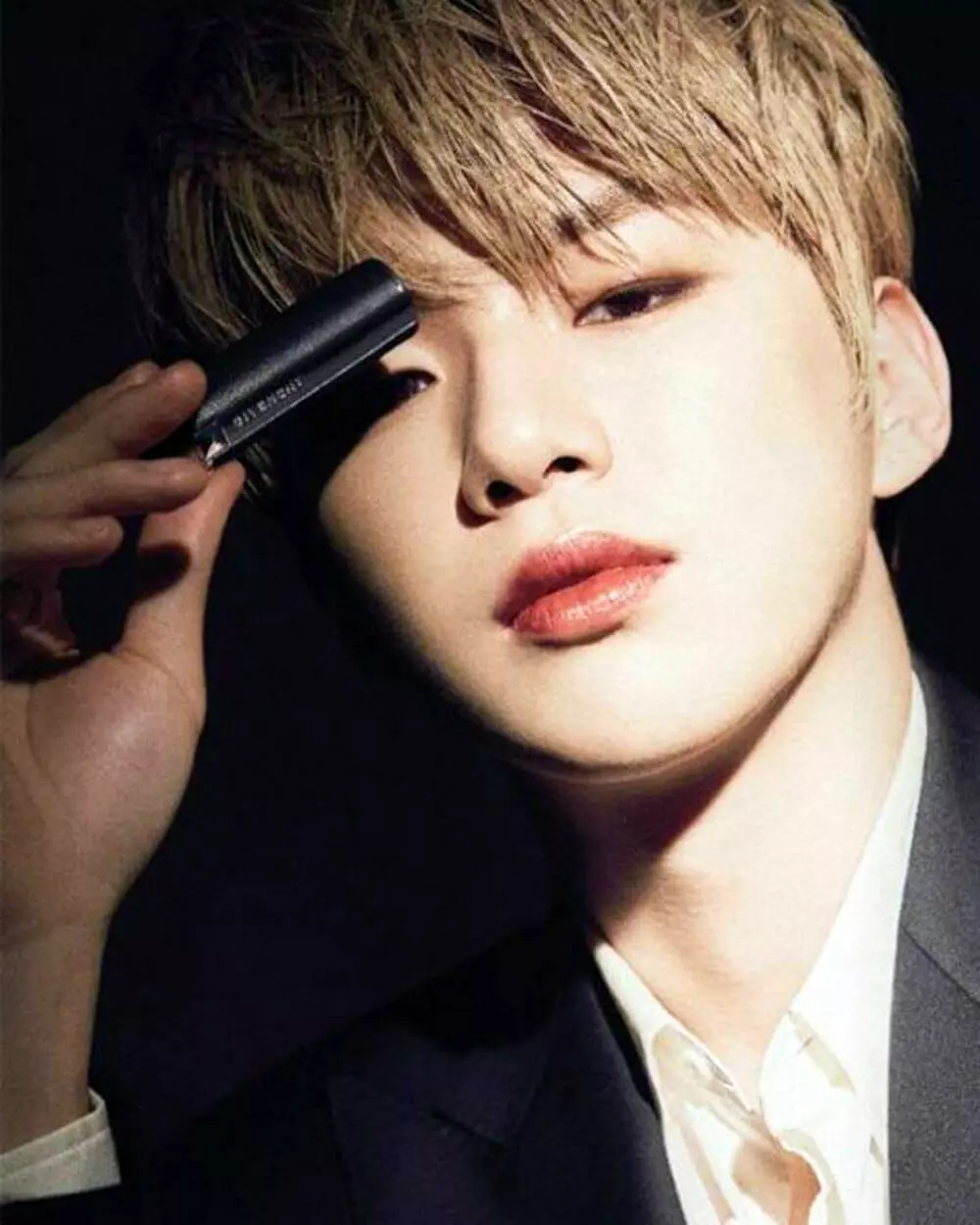 Jun Ji-Hyun (전지현)
Jun Ji-Hyun (전지현)
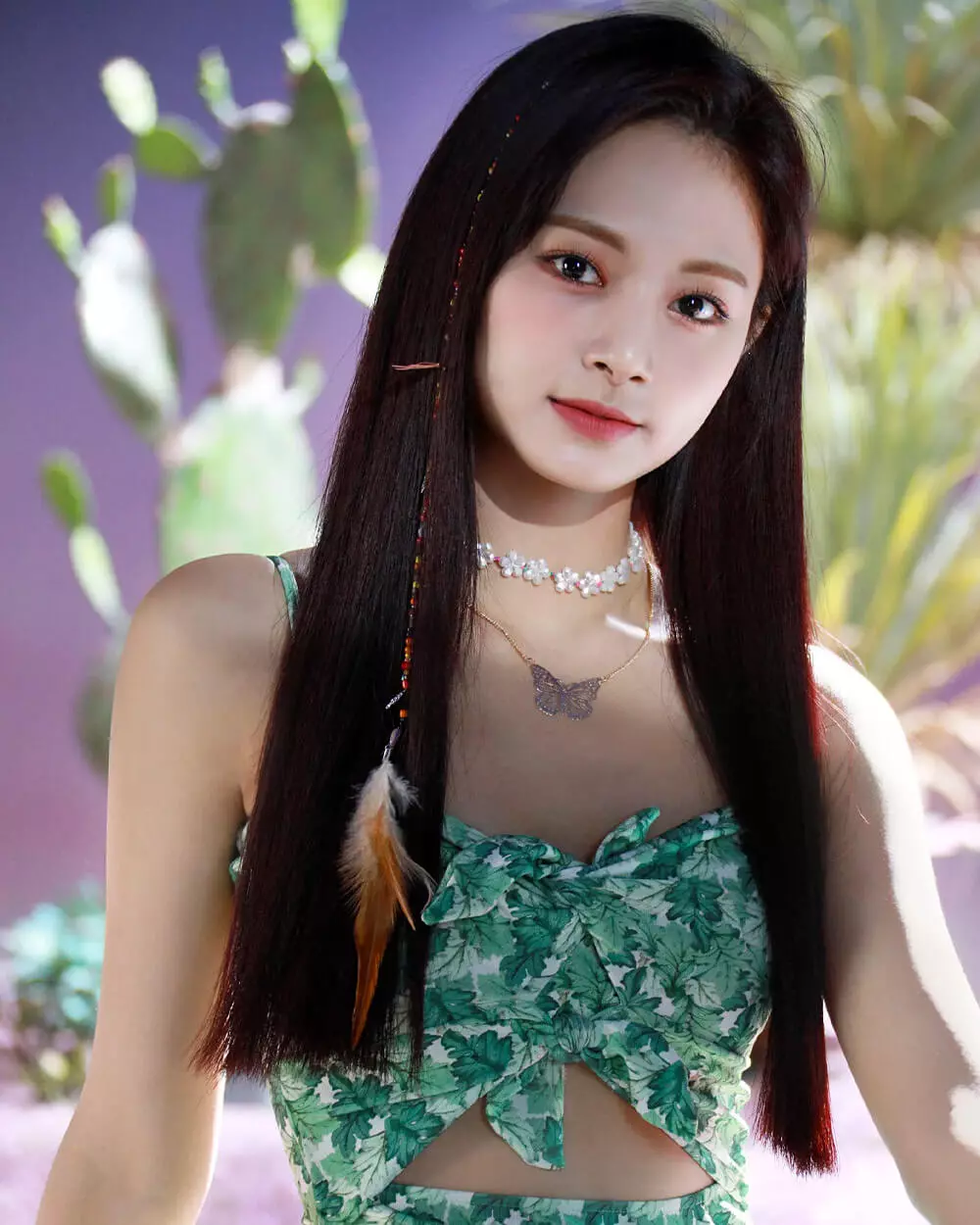 Kim Tae-Hee (김태희)
Kim Tae-Hee (김태희)
Korean Beauty - Height Standards
In Korean beauty ideals, height is categorized into three main groups:
Short - 162cm
The average height for Koreans is described as "short but cute." Korean idols like Taeyeon and IU exemplify this category.
Average - 162/168cm
This group consists of individuals who are neither too short nor too tall. Think of someone slightly taller than actor Gain Han. Korean idols Hara Koo (Kara), Yeseul Han (Leslie Kim, actor), and Chewon Moon (actor) are great representatives of this height category.
Tall - 168cm
According to Korean beauty standards, idols around 168cm are considered to have the ideal height. Some notable Korean celebrities in this category include Hyo Ju Han (actor), Yeonhee Lee (actor), and Nayoung Lee (actor).
Korean vs. Chinese Beauty Standards
Korean and Chinese beauty trends share several similarities. Both cultures place a premium on a slim figure, small face, big eyes, and pale skin as critical attributes of beauty.
Indian Beauty Standards vs. Korean Beauty
In India, aspiring to have fair skin, be thin, and have a hairless body is the norm. Positioned culturally between the Far East and the Middle East, Indian culture has adopted the Middle East's expectations of a hairless body and Korea's preference for pale skin. Unlike Korean beauty standards, which do not emphasize waxed arms, Indian women go to great lengths to achieve perfectly threaded eyebrows, arms, and legs.
Why Are Beauty Standards So Strict in Korea?
A 2009 study found that Korean women are highly critical of their looks, leading to lower self-esteem and self-satisfaction compared to women in the United States. Plastic surgery rates in Korea are notably high, with approximately one-third of South Korean women between 19 and 29 having undergone cosmetic procedures. The pressure to adhere to Korean beauty standards is felt across all social strata, including the job market, where potential employers often require applicants to submit a photo, height, and family background.
Consequences of Korean Beauty Standards
The strictness of Korean beauty standards has unfortunate negative consequences. Here are the main four:
1. Excessive Beauty Product Usage
The demand for Korean beauty products has skyrocketed in recent years. However, this high demand has led to environmental hazards, waste, pollution, and the emergence of a parallel market selling fake Korean beauty products with severe health consequences.
2. Growing Plastic Surgery Rates
South Korea has one of the highest rates of cosmetic surgery in East Asia. While plastic surgery is socially accepted and encouraged, it has also resulted in unexpected consequences, such as legal disputes when children do not resemble their parents due to surgery.
3. Unhealthy Body Image
Korean beauty advertising often promotes body shaming and negative body image, unlike Western beauty standards, which focus on body acceptance and inclusivity. The pressure to achieve an ideal physique can lead to unhealthy eating habits, disorders, and, in extreme cases, even death.
4. Idealist K-pop Image
The K-pop industry plays a significant role in perpetuating beauty standards. K-pop idols must conform to these standards, often resorting to extreme measures to maintain their appearance. This pressure can lead to extreme dieting and painful procedures, creating an unhealthy cycle.
Escape The Corset Movement
In response to societal oppression of women, Korean women launched the 'Free The Corset' campaign, which serves as a feminist movement advocating the deconstruction of culturally defined beauty standards. This movement aims to create space for Korean women to feel comfortable with themselves, away from the social pressures that limit their identity. Many women have taken to social media in a backlash against unrealistic beauty standards, destroying makeup, cutting their hair, and rejecting the pressures of surgery.
Conclusion
The Korean beauty industry is thriving, with the demand for K-beauty products projected to reach $14 billion by 2027. Unique ingredients and innovative products have contributed to this growth. Korean beauty standards are deeply rooted in Korean society and culture, making them distinct from Western ideals. While they may seem restrictive to outsiders, it is essential to respect and appreciate the diverse beauty standards found in different cultures worldwide. After all, beauty is subjective and varies across cultures.

















